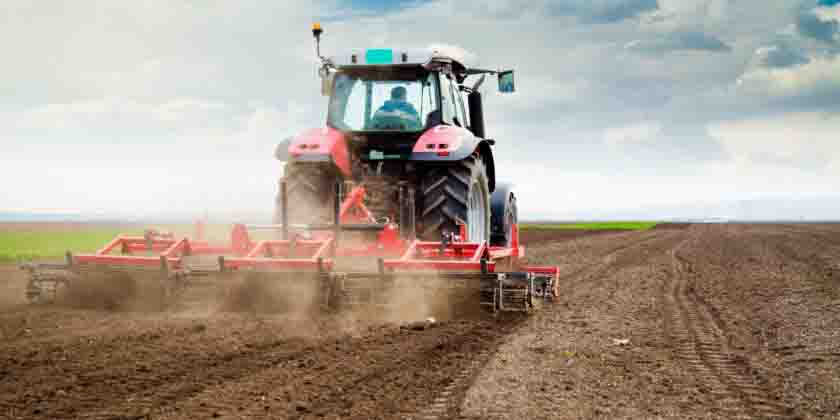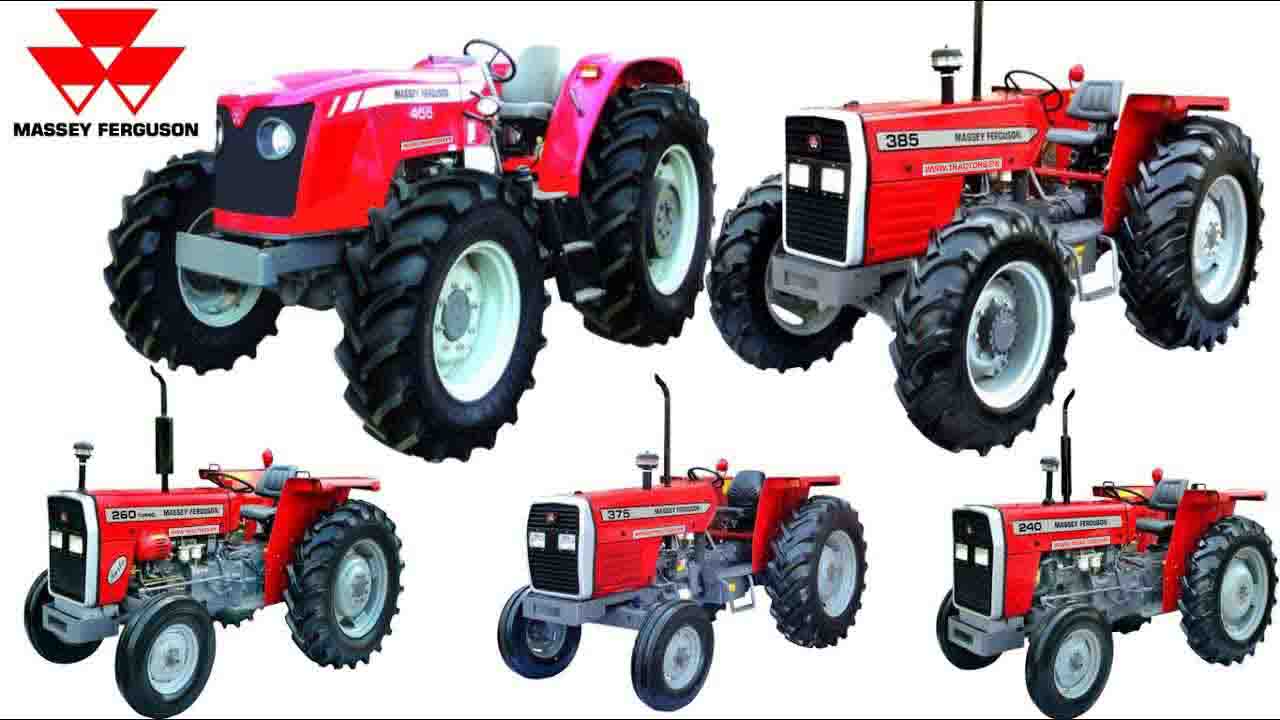 Trends in agriculture productivity growth is a transition journey of oxen cart manual labor farming with a shift to mechanized and modern industrial farming practices. By Scientific Means, agriculture productivity is defined as a calculated ratio of output to input. The increase of productivity in farming means more production of food and more prosperity for farmers to earn a better livelihood. Agriculture is the largest source of producing and supplying food to the mass majority of the world population. On a global scale, it has witnessed a significant rise in terms of technological advancement for the purpose of making tasks easier for farmers and help increase the level of productivity with fertile soil cultivation to help yield healthy organic crops. In the modern era of innovation, there has been a fast-paced productivity growth in agriculture which is essentially beneficial for an abundant supply of food for customers. There are many regions of the world where there is a rising variation trend in agriculture farming productivity such as Africa, the Caribbean, Asia, Oceania, and the Pacific. To determine the productivity growth in farming, Total Factor Productivity is the best ratio which is generally evaluated by dividing output by the calculated average of labor and capital input. The two of the most essential elements of total factor productivity are technology growth and efficiency. The latest trends in Agriculture Productivity Growth are mechanization, high yielding crop varieties, genetic engineering, and bio-crop diversity.
Trends in agriculture productivity growth is a transition journey of oxen cart manual labor farming with a shift to mechanized and modern industrial farming practices. By Scientific Means, agriculture productivity is defined as a calculated ratio of output to input. The increase of productivity in farming means more production of food and more prosperity for farmers to earn a better livelihood. Agriculture is the largest source of producing and supplying food to the mass majority of the world population. On a global scale, it has witnessed a significant rise in terms of technological advancement for the purpose of making tasks easier for farmers and help increase the level of productivity with fertile soil cultivation to help yield healthy organic crops. In the modern era of innovation, there has been a fast-paced productivity growth in agriculture which is essentially beneficial for an abundant supply of food for customers. There are many regions of the world where there is a rising variation trend in agriculture farming productivity such as Africa, the Caribbean, Asia, Oceania, and the Pacific. To determine the productivity growth in farming, Total Factor Productivity is the best ratio which is generally evaluated by dividing output by the calculated average of labor and capital input. The two of the most essential elements of total factor productivity are technology growth and efficiency. The latest trends in Agriculture Productivity Growth are mechanization, high yielding crop varieties, genetic engineering, and bio-crop diversity.
Mechanization
Mechanization has put a profound impact on agriculture by dynamically transforming the traditional oxen cart driven farming into machine operated farming practices. It has provided a true means of multitasking efficiency in executing complex hours of manual labor tasks in a much less time period. Moreover, it provides ease of soil fertility to make it soften for maximum yield crop cultivation.
High Yield Crop Varieties
High Yield Crop Varieties are essential productivity factors to help produce more variety of crops for the maximum amount of food supply. These factors involve higher crop yield per hectare, improved fertilizers, and irrigation. The highest yielding variety of crops are wheat, corn, soybean, rice, potato, and cotton.
Genetic Engineering
Genetic Engineering is a new trend of increasing productivity growth in agriculture by means of DNA Genes to reproduce more genetically modified crops with having the same attributes and nutritional value for a healthy food diet. It helps in diversifying the food crop for an abundance of the global food supply in the entire world.
Bio Crop Diversity
Bio Crop Diversity provides diverse varieties of crops with better nutrition for customers. It is a vital factor for fulfilling the rising demand for food in the world by organically growing more variations of seed crops with the same set of qualities. With the new evolution of science and technology, modern technological trends will keep coming up to help enhance the maximum productive capacity of soil by using less labor effort to yield a healthy organic cultivated crop for an enormous amount of healthy nutrition enriched natural food production for people all over the world.

